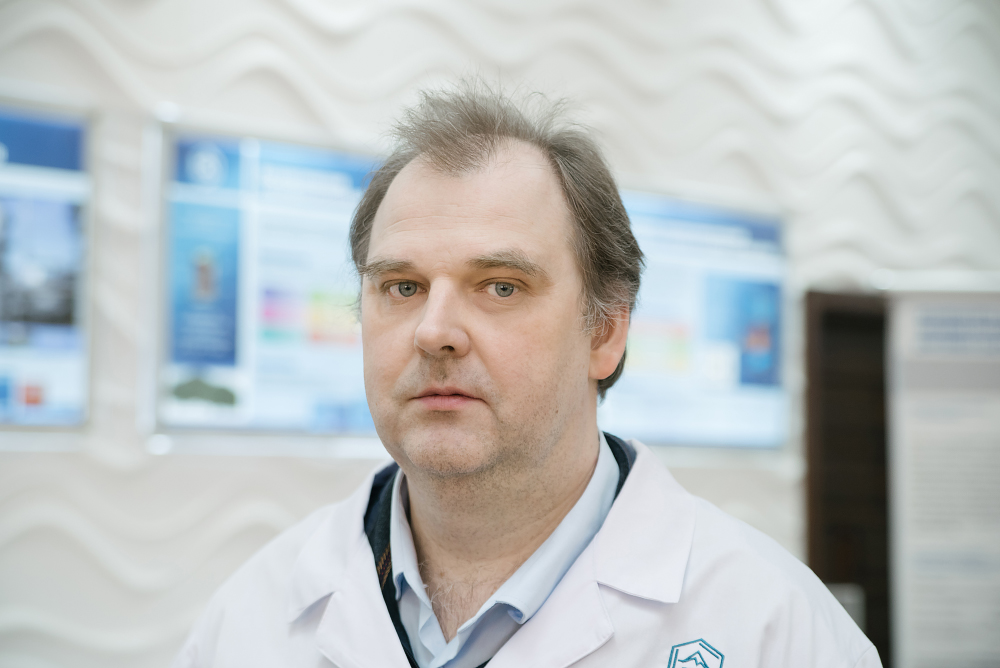
Phone: +7 (383) 330-67-71, Fax: +7 (383) 330-80-56, E-mail: bic@catalysis.ru
5 Lavrentiev Ave., 630090, Novosibirsk, Russia

Phone: +7 (383) 330-67-71, Fax: +7 (383) 330-80-56, E-mail: bic@catalysis.ru
5 Lavrentiev Ave., 630090, Novosibirsk, Russia
17 May 2022
Boreskov Institute of Catalysis won competition of the Ministry of Science and Higher Education of RF for the subsidy grant of 300 mln rubles for three years to modernize the unique research plant (URP), EXAFS spectroscopy beamline. Within the framework of the grant the beamline will realize the program of major studies of the world’s level for obtaining the breakthrough results in the fields of catalysis, “green” energetics, and fundamental medicine. The upgraded beamline is planned to be transferred to the new source of synchrotron radiation “SKIF” in 2025.
About the method: EXAFS (Extended X-ray Absorption Fine Structure) is an extended fine structure of spectra of X-ray absorption that carries information on the local atomic structure of promising materials in any state of matter.
XANES (X-ray Absorption Near Edge Structure) is a near-edge fine structure of spectra of X-ray absorption that allows amplification of EXAFS data with information on the electron structure of the studied materials, in particular, degrees of oxidation and types of coordinate polyhedrons of the elements constituting the material.
Both methods, as a rule, are realized at the sources of synchrotron radiation.
URP “EXAFS Spectroscopy Beamline” is a part of the Shared Research Facility “National Center of Catalyst Study” based in Boreskov Institute of Catalysis; it is placed at the VEPP-3 accumulator in Budker Institute of Nuclear Physics. It allows studying of the atomic structure and chemical composition of various samples in liquid and solid states.
Within the project the EXAFS Spectroscopy Beamline will be majorly upgraded that would allow using also diffraction methods including powder diffraction, X-ray structural analysis of single crystals of low-molecular compounds, and macromolecular crystallography. New methods for measurements with the use of certain methods and their combinations will be developed at the modernized beamline.
“The idea of the project is to majorly modernize the equipment of this unique research plant, to equip it with new measuring capacities so that it would be possible to conduct studies not only with the EXAFS method but also with the help of diffraction which is most required, for example, in Boreskov Institute of Catalysis. In particular, we’re talking about diagnostics of nanosized catalysts with diffraction methods”, said Dr. Yan Zubavichus, Senior Researcher of Department of Physicochemical Methods of Research BIC, Deputy Director for Science of “SKIF”. “The project is intended for three years, 2022 to 2024. In 2025 after its completion the equipment of the modernized URP “EXAFS Spectroscopy Beamline” will be planted as the seventh experimental beamline of the source of synchrotron radiation “SKIF”. This will be the first beamline of the second stage of the Siberian Circular Photon Source”.

Photo by Aleksandra Fedoseeva
Upon modernization of the beamline Boreskov Institute of Catalysis will be able to solve the problems of the world’s level in the field of diagnostics of catalysts and structural design of catalytic systems of new generation with improved operating characteristics, such as activity, selectivity, and stability in the reaction condition.
The joint contractors of the project are Nikolaev Institute of Inorganic Chemistry (NIIC) and Institute of Chemical Biology and Fundamental Medicine (ICBFM). NIIC plans to use the modernized beamline to solve a wide range of problems in the field of studying of functional materials, including metal-organic frameworks that could also serve as catalysts, materials for hydrogen storage, or energy-efficient separation of liquid or gas mixtures. ICBFM is to solve the problems of fundamental medicine, including studying of the influence of external destructive factors on living organisms as well as studying of the molecular mechanisms of self-regulation and adaptation. The project collective plans to make a research reserve for development of biomedicine and genetic technologies including creation of pharmaceuticals of new generation, antibacterial and antiviral drugs.
Another important factor is a high efficiency of the beamline after its upgrading. According to Yan Zubavichus, each measurement in laboratory can take several hours, and if it is a series of 15-20 samples, the duration can last weeks and even months. The scientist underlines that at the modernized URP it will be possible to measure a large series of samples within a working shift and to receive a set of experimental data that would provide fast responses to the questions what materials are most promising of those measured and why.
“This will be highly efficient, highly productive and relatively simple plant, with the help of which we will be able to receive serious results very fast. I think it will be highly demanded by various groups of scientists, especially after being transferred to “SKIF” considering the unique characteristics of this ultramodern source of synchrotron radiation”, Yan Zubavichus concluded.